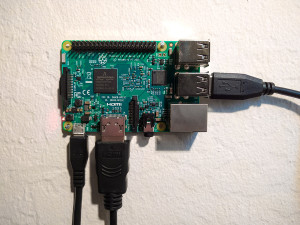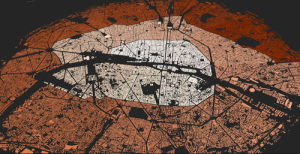I have a new chapter titled “Urban Analytics: History, Trajectory and Critique,” co-authored with Mike Batty, Shan Jiang, and Lisa Schweitzer, now published in the Handbook of Spatial Analysis in the Social Sciences, edited by Serge Rey and Rachel Franklin.
From our abstract:
Urban analytics combines spatial analysis, statistics, computer science, and urban planning to understand and shape city futures. While it promises better policymaking insights, concerns exist around its epistemological scope and impacts on privacy, ethics, and social control. This chapter reflects on the history and trajectory of urban analytics as a scholarly and professional discipline. In particular, it considers the direction in which this field is going and whether it improves our collective and individual welfare. It first introduces early theories, models, and deductive methods from which the field originated before shifting toward induction. It then explores urban network analytics that enrich traditional representations of spatial interaction and structure. Next it discusses urban applications of spatiotemporal big data and machine learning. Finally, it argues that privacy and ethical concerns are too often ignored as ubiquitous monitoring and analytics can empower social repression. It concludes with a call for a more critical urban analytics that recognizes its epistemological limits, emphasizes human dignity, and learns from and supports marginalized communities.
For more, check out the chapter.
 A guide to setting up the Python scientific stack, well-suited for geospatial analysis, on a Raspberry Pi 3. The whole process takes just a few minutes.
A guide to setting up the Python scientific stack, well-suited for geospatial analysis, on a Raspberry Pi 3. The whole process takes just a few minutes. interactive web maps. To do this, we use the Python programming language, open source analysis and visualization tools, and public data.
interactive web maps. To do this, we use the Python programming language, open source analysis and visualization tools, and public data.